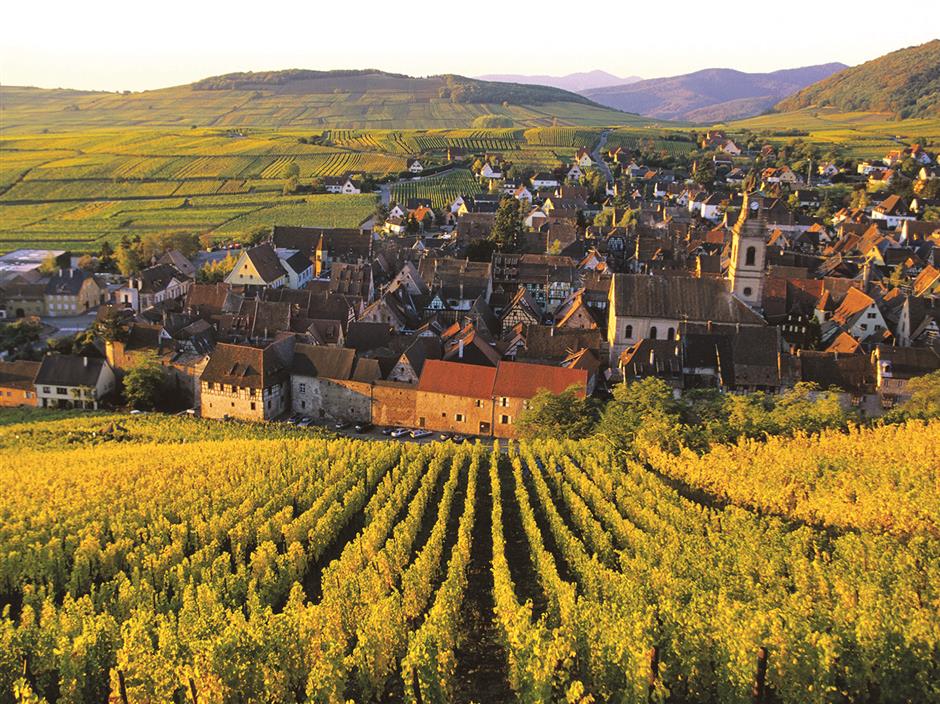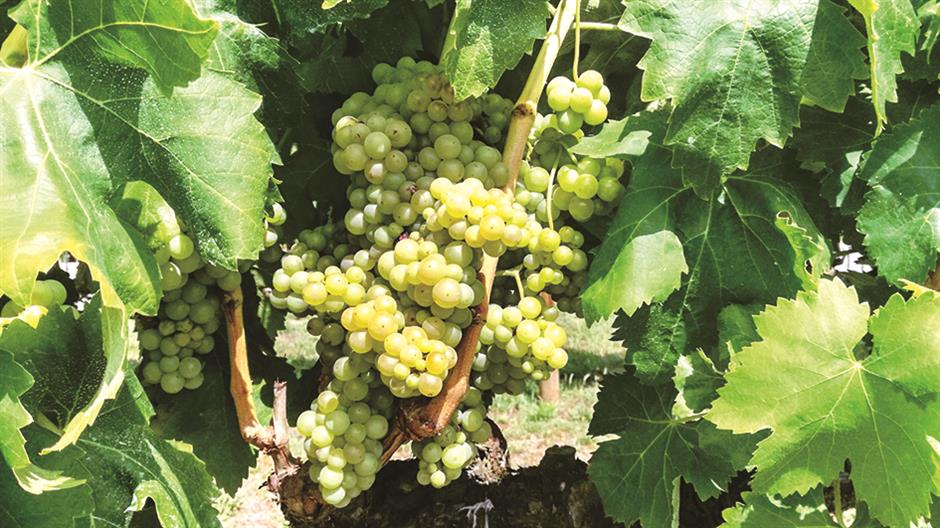Summary
Qingming Festival or Tomb-Sweeping Day is imminent, a reverent time to pay respect to ancestors while also celebrating the advent of spring. The modern Qingming Festival evolved from a more olden observance known as Hanshi Day, which literally means “cold food day.” The tale of this day dates back to the Spring and Autumn Period (770-476 BC)in China.
Today’s iDeal cover story features qingtuan sticky rice buns, the quintessential Qingming celebratory snack with a 2,000-year plus history. Originally from the south of China, but today the most famous manifestations of this treat are now made in Shanghai.
The green sticky buns are traditionally filled with sweet red bean or lotus root fillings. But modern interpretations often have savory meat, bamboo, green tea or other fillings. The sticky rice is made with seasonal spring grass thereby giving the buns their special green color.
In tune with the topic, I thought it apropos to introduce a wine with lovely grassy qualities that just so happens to pair beautifully with qingtuan cakes and many other Chinese foods savored during the Qingming Festival. When we think of grassy qualities in wines, Sauvignon Blanc certainly springs to mind, as do Semillon and Albarino; but there’s another white vino beauty from Austria that also frequently bequeaths pleasing grassy qualities.

Well-groomed Austrian vines
In China, Austria isn’t usually associated with winemaking, but it should. Wines have been made there for nearly three millenniums. The Celts or more likely their predecessors the Illyrians were the first to start cultivating wild vines and make primitive wines.
A century before the birth of Christ, the Romans planted vines throughout much of modern-day Austria. Therefore, it’s interesting to note that when Bordeaux was mostly still a swamp, Austria was already making wines prized throughout the Roman Empire.
Austria has four major winemaking climate areas — the Danube, Weinviertel, Pannonian and Steiermark. There exists a diversity of soil types and climates, but in general a convergence of cool winds from the north, warm Pannonian influences and temperate Mediterranean effects, helps grapes in all four climate areas to gradually reach optimal ripeness while still retaining good acidity. This freshness is a hallmark of Austrian white wines and helps make them food-friendly and a fine partner to many Chinese delicacies including our beloved qingtuan. Austria’s most cultivated variety is an excellent example.
Austria is a small country that possesses an impressive range of varietals and wine styles. There are 35 grape varieties of which 22 are white. Wines run the gamut from dry to sweet and have an overall quality matched by precious few other wine-producing nations.
Many of Austria’s varietals and wine styles you may not be familiar with, but one grape you must know is Gruner Veltliner. Comprising approximately 30 percent of plantings nationwide, this is the most important variety in Austria. The parents of this grape are the Traminer and St Georgen varieties.
It’s a fertile variety that needs careful yield restriction, but when cultivated with care the result is one of the world’s most distinctive and versatile white wines.
What qualities make Gruner Veltliner wines great companions to qingtuan treats and so many other Chinese foods? From dry to sweet, there’s a Gruner Veltliner wine that pairs beautifully with almost every popular Chinese dish.
Sweet qingtuan or other Chinese sweets are perfect with a Gruner Veltliner Eiswein, while savory qingtuan match well with dry Gruner Veltliner whites.
In particular, these dry whites are Chinese food champions as their lively fresh citrus and yellow stone fruit-flavors, minerality and spicy nature awakens and emphasizes the freshness of the original ingredients, while also cleansing the palate and facilitating digestion. Intriguing notes of white pepper that are commonly found in Gruner Veltliner wines also work well with many moderate to medium spicy Chinese dishes.
In fact, when I’m visiting a Chinese friend’s home, who I know to be a talented cook, but I have no idea what dishes will adorn the dinner table, I’m very likely to bring a few bottles of Austrian Gruner Veltliner wines. This way I’m confident the wines will pair well with whatever culinary treasures my friend may be concocting.
Over the past decade, Austria has experienced a string of good-to-excellent vintages for Gruner Veltliner wines with 2016, 2015, 2013, 2012 and 2011 standing out. More good news for consumers in China, Austrian wines are gradually becoming more popular, so a growing number of top Austrian Gruner Veltliner producers have wines readily available in town.
Three of my favorite producers are Loimer, Nigel and Wieninger. All three wineries craft exceptional Gruner Veltliner wines. Two additional good producers to look for are Gobelsburg and Kaiser.
Austrian wines are among the wine world’s best premium wine values. It’s no coincidence that many of Shanghai’s best restaurants feature these wines on their wine lists, including by-the-glass offerings of Loimer Gruner Veltliner at Hakkasan and Shangri-la Jing’an Hotel and Nigl Gruner Veltliner Eiswein at L’Atelier de Joël Robuchon. Enhancing your Qingming treats has never been so easy and delicious.





